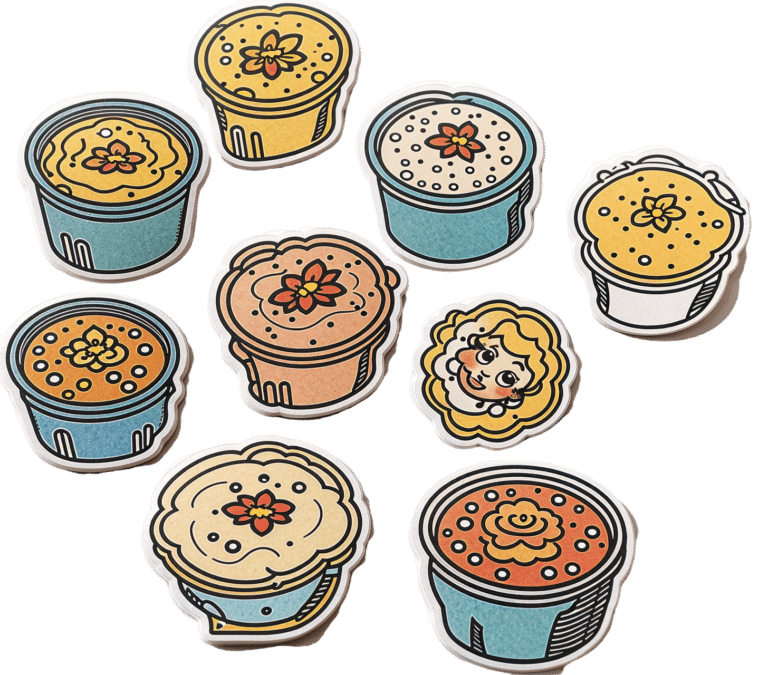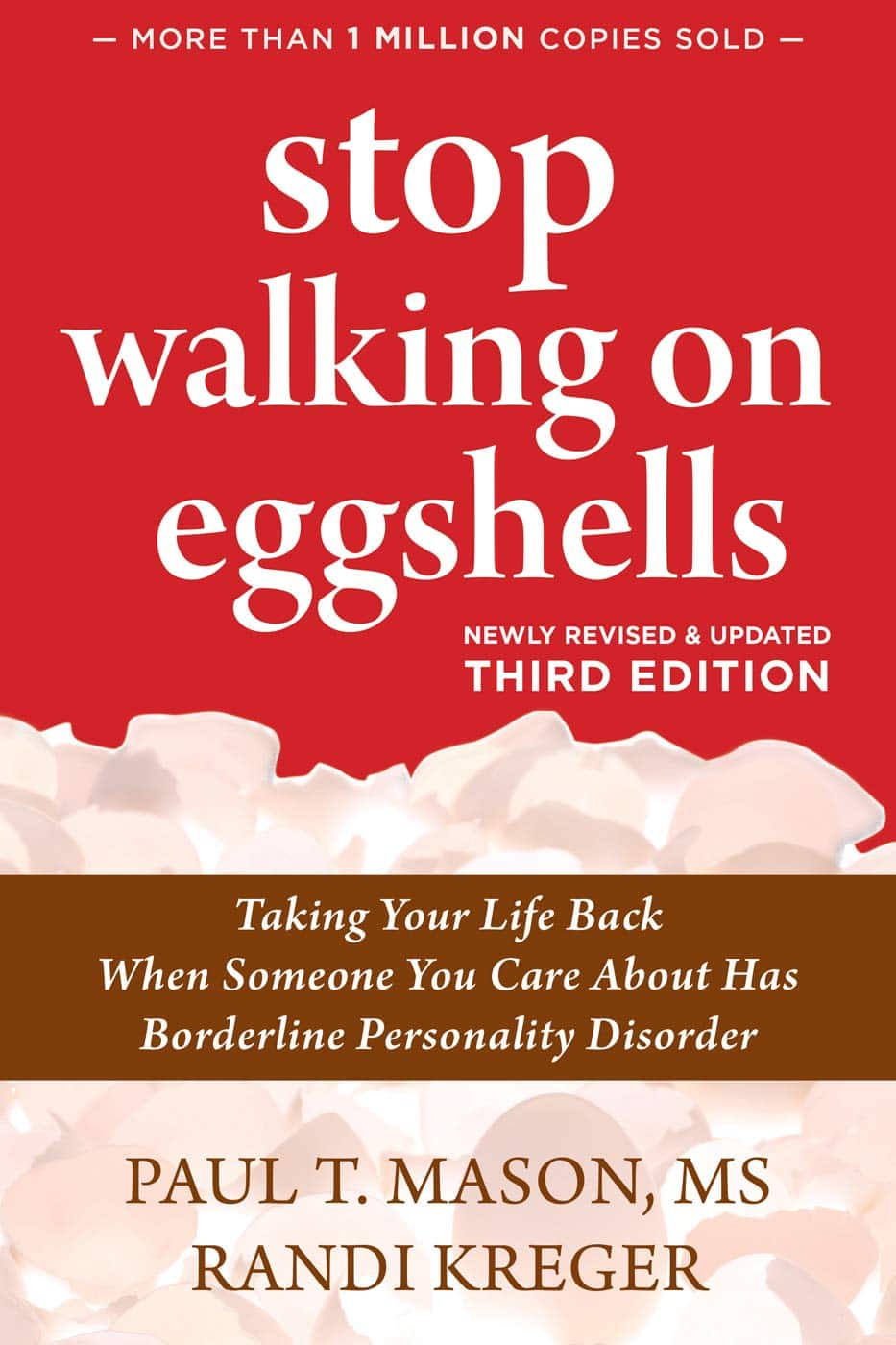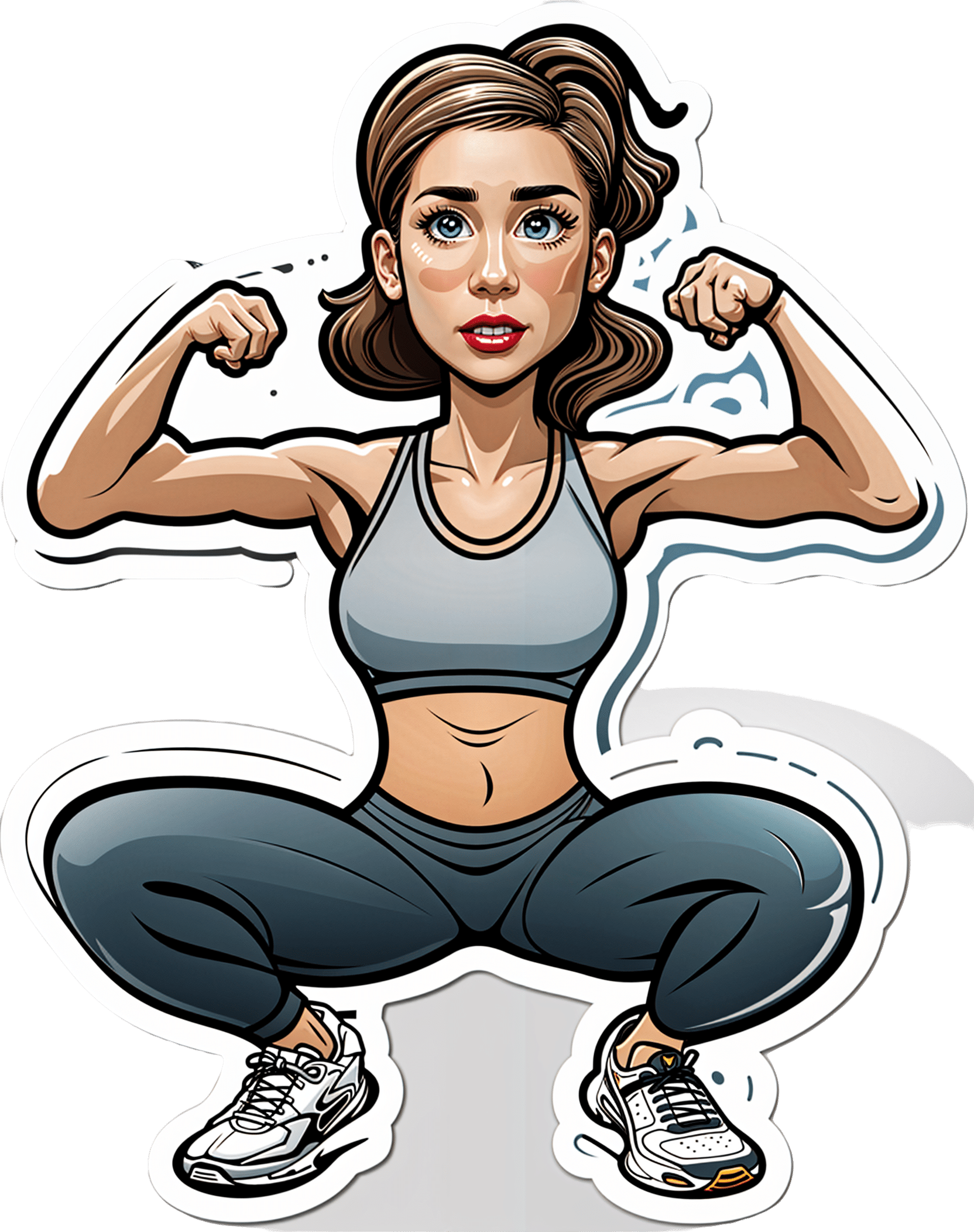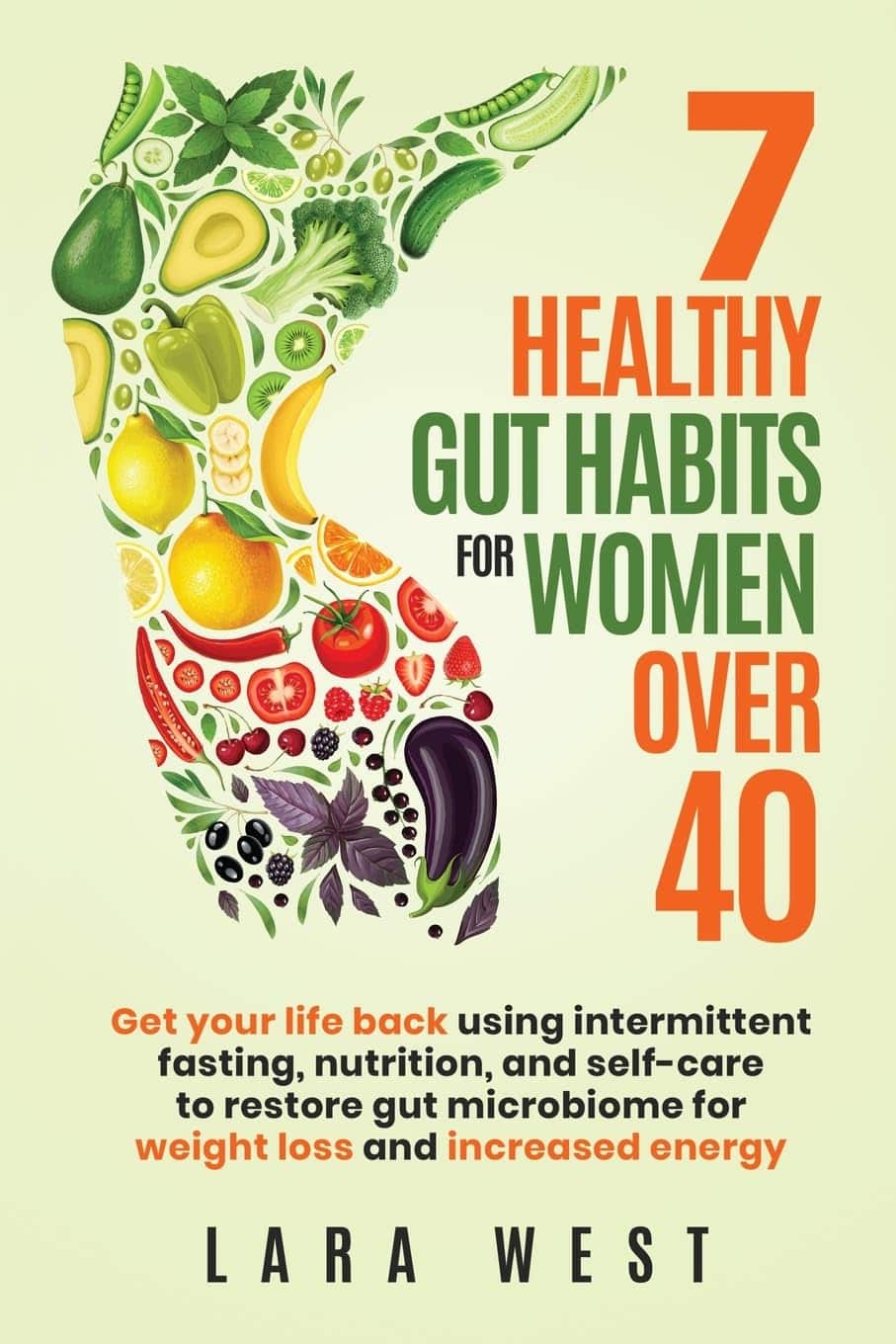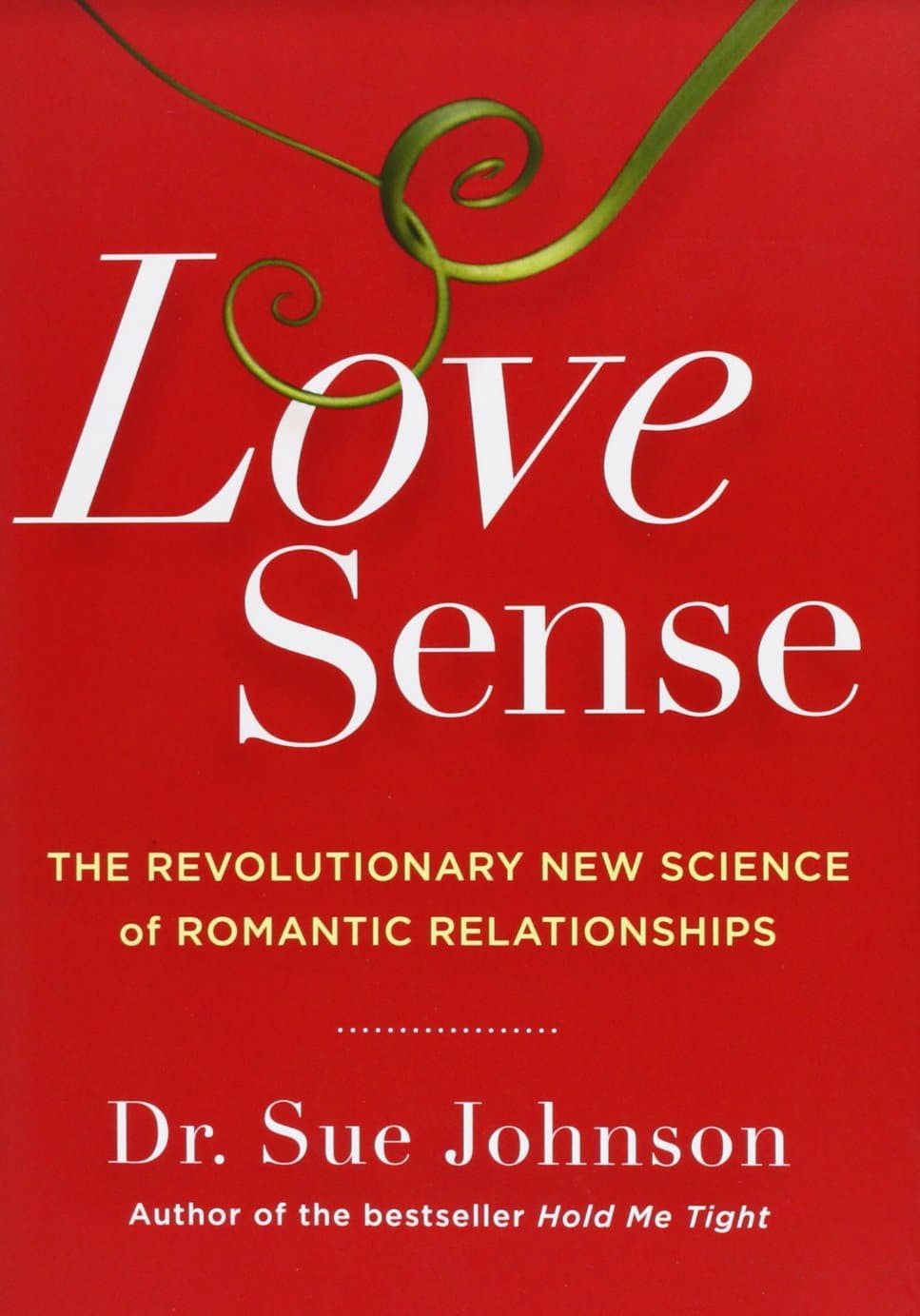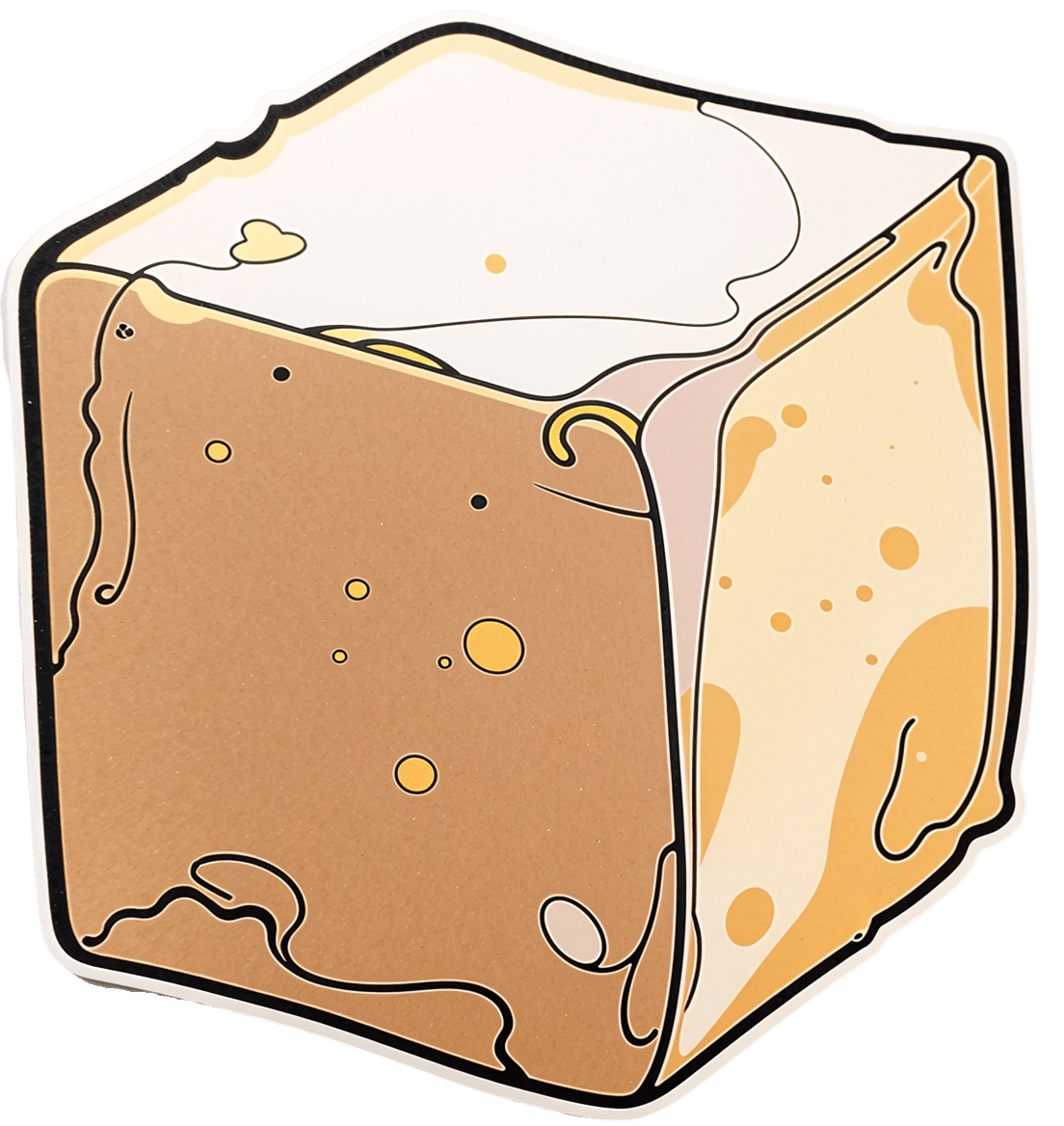
High-Protein Paneer
10almonds is reader-supported. We may, at no cost to you, receive a portion of sales if you purchase a product through a link in this article.
Paneer (a kind of Desi cheese used in many recipes from that region) is traditionally very high in fat, mostly saturated. Which is delicious, but not exactly the most healthy.
Today we’ll be making a plant-based paneer that does exactly the same jobs (has a similar texture and gentle flavor, takes on the flavors of dishes in the same way, etc) but with a fraction of the fat (of which only a trace amount is saturated, in this plant-based version), and even more protein. We’ll use this paneer in some recipes in the future, but it can be enjoyed by itself already, so let’s get going…
You will need
- ½ cup gram flour (unwhitened chickpea flour)
- Optional: 1 tsp low-sodium salt
Method
(we suggest you read everything at least once before doing anything)
1) Whisk the flour (and salt, if using) with 2 cups water in a big bowl, whisking until the texture is smooth.
2) Transfer to a large saucepan on a low-to-medium heat; you want it hot, but not quite a simmer. Keep whisking until the mixture becomes thick like polenta. This should take 10–15 minutes, so consider having someone else to take shifts if the idea of whisking continually for that long isn’t reasonable to you.
3) Transfer to a non-stick baking tin that will allow you to pour it about ½” deep. If the tin’s too large, you can always use a spatula to push it up against two or three sides, so that it’s the right depth
3) Refrigerate for at least 10 minutes, but longer is better if you have the time.
4) When ready to serve/use, cut it into ½” cubes. These can be served/used now, or kept for about a week in the fridge.
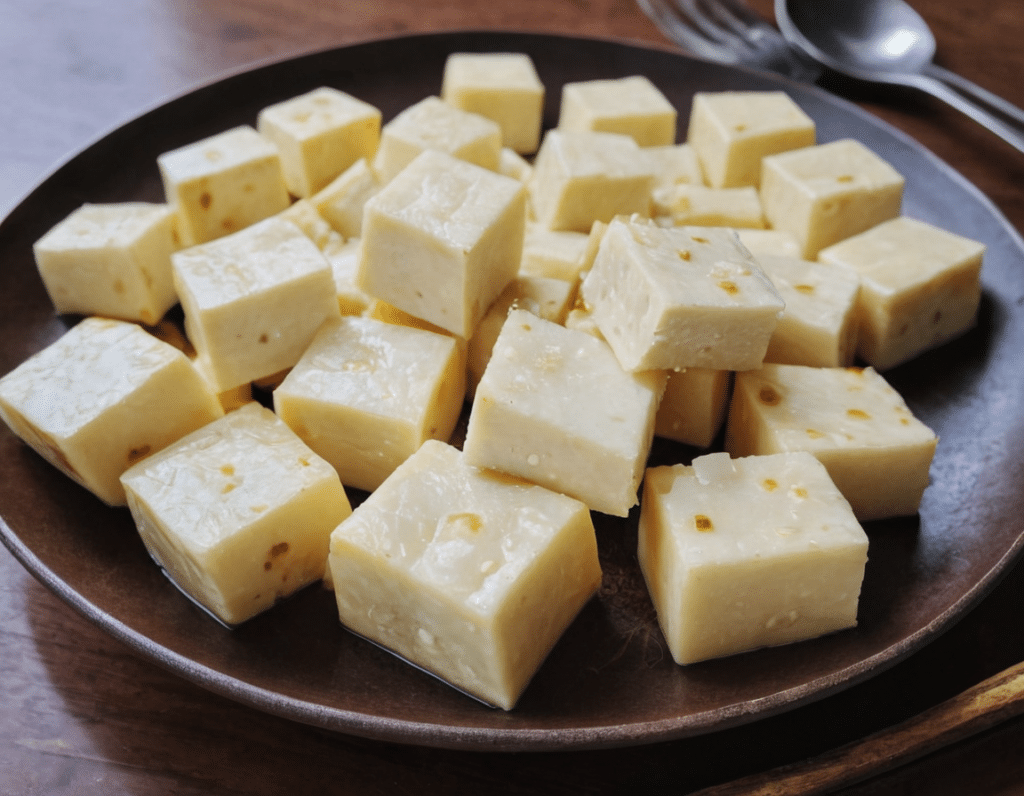
Enjoy!
Want to learn more?
For those interested in some of the science of what we have going on today:
Take care!
Don’t Forget…
Did you arrive here from our newsletter? Don’t forget to return to the email to continue learning!
Recommended
Learn to Age Gracefully
Join the 98k+ American women taking control of their health & aging with our 100% free (and fun!) daily emails:
-
Before You Reach For That Tylenol…
10almonds is reader-supported. We may, at no cost to you, receive a portion of sales if you purchase a product through a link in this article.
First, on names: we’ve titled this with “Tylenol” because that’s a well-known brand name, but the drug name is paracetamol or acetaminophen:
- paracetamol is the drug name used by the World Health Organization, and thus also most countries.
- acetaminophen is the drug name used in Canada, Colombia, Iran, Japan, US, and Venezuela.
They are absolutely the same drug.
Firstly, obviously, do avoid overdose
The safe dosage described on the packet is generally accurate (usually around 4g/day, spaced out at 1g per 4 hours), and the dose required for toxicity is generally about 10g, or 200mg/kg body weight, whichever is lower. Since a single dose usually contains 2x 500mg = 1g, that makes overdose all too easy.
The amount required for toxicity can be misleading too, because that’s assuming…
- a healthy liver
- no other health problems
- no other medications that interact or add to the toxicity
- no medications that strain the liver (as with many pro-drugs, and drugs in general that are metabolized by the liver, which is lots).
Which is a lot of assumptions! Especially given that the liver can only process so much at once, meaning that if your liver has a lot of things to do, it can get a backlog, and you think “I’m not taking anything with this painkiller that I shouldn’t” but your liver is still metabolizing the last of last night’s glass of wine and one of your regular medications from this morning, because previously it was still metabolizing things from the day before yesterday, and so on.
See also: How To Regenerate Your Liver ← the liver is an incredible organ that does an amazing job, but it can’t do that if you don’t do this
Please don’t overdose deliberately either. Intentional overdoses make up a very large portion of acetaminophen overdoses (exact figures vary from year to year and place to place, but it’s always high), and what a lot of people doing that don’t realize is:
- it’s a very unpleasant way to die. You’ll take it, you might get some initial symptoms within the first hours or you might not, then you’ll probably feel better, and then the next day or so, you’ll enter the organs-shutting-down stage that usually will take most of a week to kill you slowly and painfully. Often your kidneys will go first but it’ll usually be liver necrosis that deals the final blow.
- it’s very difficult to treat. Stomach-pumping might work if you get it within 1 hour of overdose, and activated charcoal might help if you get it within 2 hours. Acetylcysteine may reduce the toxicity if you get it within the 8–48 hour window (depending on the speed of gastric emptying), but whether or not that will help depends on the severity of the overdose and other factors, so this is not something to bet on. After 48 hours, a liver transplant is the last resort, without which, mortality is around 95%.
Unfortunately, this means that a lot of people who do not intend to die horribly, and hoped to either die peacefully or else be saved, die horribly instead.
Ok, that was not a cheerful topic but it is important, before moving on, we’ll just put this here for anyone it may benefit:
How To Stay Alive (When You Really Don’t Want To) ← this is about suicidality, in yourself or others
Secondly, that dosage is for occasional use only
The problem often starts like this:
❝Due to its perceived safety, paracetamol has long been recommended as the first line drug treatment for osteoarthritis by many treatment guidelines, especially in older people who are at higher risk of drug-related complications❞
People with chronic pain, whether high or low on the pain level of that chronic pain, can very easily get into a habit of “I’ll just take this to take the edge off”, for example when getting up in the morning (often a trigger for pain starting) or going to bed at night (one needs to sleep and the pain is a barrier to that).
But… Those events, getting up and going to bed, it means that taking the drug also becomes part of one’s morning/evening routine—with many people even metering the doses out into pill organizers for the week, with this in mind.
A large (n=582,961) study looked at two groups of people, all aged 65+:
- 180,483 people who had been prescribed paracetamol repeatedly (≥2 prescriptions within six months)
- 402,478 people of the same age who had never been prescribed paracetamol repeatedly
The findings? Bearing in mind that “≥2 prescriptions within six months” is not something generally considered excessive…
❝Acetaminophen use was associated with an increased risk of peptic ulcer bleeding (aHR 1.24; 95% CI 1.16, 1.34), uncomplicated peptic-ulcers (aHR 1.20; 95% CI 1.10, 1.31), lower gastrointestinal-bleeding (aHR 1.36; 95% CI 1.29, 1.46), heart-failure (aHR 1.09; 95% CI 1.06, 1.13), hypertension (aHR 1.07; 95% CI 1.04, 1.11), and chronic kidney disease (aHR 1.19; 95% CI 1.13, 1.24).❞
The researchers concluded:
❝Despite its perceived safety, acetaminophen is associated with several serious complications. Given its minimal analgesic effectiveness, the use of acetaminophen as the first-line oral analgesic for long-term conditions in older people requires careful reconsideration.❞
You can see the study itself here: Incidence of side effects associated with acetaminophen in people aged 65 years or more: a prospective cohort study using data from the Clinical Practice Research Datalink
What to use instead?
It’s been established that taking aspirin regularly isn’t great either:
See: Low-Dose Aspirin & Anemia and Aspirin, CVD Risk, & Potential Counter-Risks
And as for ibuprofen, we don’t have an article about that yet, but it’s gut-unhealthy (harms your microbiome), and besides, anything it can do, ginger can do as well or better (in head-to-head trials; we’re not speaking hyperbolically here):
Ginger Does A Lot More Than You Think ← in fact, it was even found as effective as the combination of acetaminophen, ibuprofen, and caffeine
There are other options though, and as pain is complicated and there’s no one-size-fits-all solution, we’ve compiled the following:
- Dial Down Your Pain
- Stop Pain Spreading
- Managing Chronic Pain (Realistically!)
- The 7 Approaches To Pain Management
- Science-Based Alternative Pain Relief ← when painkillers aren’t helping, these things might
Take care!
Share This Post
-
Stop Walking on Eggshells – by Randi Kreger & Paul Mason
10almonds is reader-supported. We may, at no cost to you, receive a portion of sales if you purchase a product through a link in this article.
As you may gather from the title, the angle here is not “Borderline Personality Disorder is fine and dandy”, but nor is it something anyone chooses to have, and as such, importantly, this book’s advice is also not “and so you should immediately disown, divorce, defenestrate your partner”, either.
Rather, it has a balanced and compassionate approach that examines both the pitfalls and the possibilities, and provides the tools to make your relationship feel (and hopefully, actually be) safe for all concerned.
And yes, ending a relationship is always an option too, even if it can sometimes feel like it’s not, on account of how the relationships of people with BPD often have a lot of “near miss” situations, nearly ending but not quite, or (in the case of a partner who’s amenable to such), off-and-on relationships—either of which can make it seem like it’ll never truly be over.
First, though, the authors do look at a variety of ways of avoiding that outcome; making changes within oneself, setting boundaries and honing related skills, asserting your needs with confidence and clarity, and dealing with the lies, rumor-mongering, and accusations that often come with BPD. For that matter, the authors do also note that not all conflict is abuse (something that many forget), but on the flipside, how to tell when it actually is, too.
The style is very pop-science, light in tone albeit sometimes heavy in content.
Bottom line: if you or a loved one has BPD, or even just has a lot of the same symptoms as such, this book can be very helpful.
Click here to check out Stop Walking On Eggshells, and stop walking on eggshells!
Share This Post
-
What Is Earwax & Should You Get Rid Of It?
10almonds is reader-supported. We may, at no cost to you, receive a portion of sales if you purchase a product through a link in this article.
Earwax (cerumen) forms in the outer ear canal when dead skin cells mix with oily sweat (a specialty of the apocrine glands) and sebum, a fatty substance mostly associated with facial oiliness. But, does it have a purpose, or is it just a waste product?
Nature is (mostly) best in this case
Earwax plays an important role in ear health, acting as a natural lubricant that prevents dryness and itchiness, trapping debris and microbes, and forming a protective barrier for the ear canal. It even contains proteins that help fight bacterial infections.
As for removal: the body has a natural mechanism for removing excess earwax: as skin cells grow, they migrate outward, carrying earwax with them.
In contrast, manual removal of earwax can do more harm than good. Using swabs or other items often pushes wax deeper, risks damaging the ear canal, and disrupts its protective barrier, potentially leading to infection.
Ear candling, which claims to extract earwax, not only does not work (its main premise has been actively disproven and clinical evidence shows unequivocally that it doesn’t work by any mysterious method either; it just plain doesn’t work), but also can cause injuries and will tend to leave more harmful debris behind than was there originally.
For those prone to earwax buildup, over-the-counter eardrops can help soften wax for natural removal, and medical professionals have safe methods to clear blockages if necessary.
To maintain ear health, it’s best to clean only the outer ear with a damp cloth, limit the use of earplugs or earbuds, and generally leave earwax alone unless it causes discomfort or hearing issues.
For more on all of this, enjoy:
Click Here If The Embedded Video Doesn’t Load Automatically!
Want to learn more?
You might also like to read:
Ear Candling: Is It Safe & Does It Work? ← the answer is “no and no”, but the science may interest you
Take care!
Share This Post
Related Posts
-
What Happens To Your Body When You Do Squats Every Day-Not Just For Legs!
10almonds is reader-supported. We may, at no cost to you, receive a portion of sales if you purchase a product through a link in this article.
Squat Every Day? Yes, Please!
It’s back to basics with this video (below). Passion for Health’s video, “What Happens To Your Body When You Do Squats Every Day-Not Just For Legs!” really brings home how squats aren’t just a one-trick pony for your legs.
The humble bodyweight squat is shown to contribute to everything from bolstering all-around lower body strength to bettering bone density and increasing metabolism.
Indeed, squats are so powerful that we reviewed a whole book that focuses just on the topic of squatting. Other, broader books on exercise also focus on the positive impacts that squatting can make.
A proper squat goes beyond your legs, engaging your core, enhancing joint health, and, some argue, can lead to improved balance and circulation.
(Plus, they’re easy to execute, given they can be done anywhere, without any equipment).
This is probably why Luigi Fontana and Dr Rangan Chatterjee have spoken about the benefits of squatting.
How Should We Start?
The video goes beyond the ‘why’ and delves into the ‘how’, offering step-by-step squatting techniques.
It answers the burning question: should you really be doing squats every day?
(Hint: the answer is most likely “yes”).
Of course, some of us may not be able to squat, and for those, we’ll feature alternatives in a future article.
For beginners, the advice is to start slow, aiming for 10 repetitions. You can gradually increase that count as you feel your muscles strengthen. Experienced gym-goers might push for 20 or more reps, adding variations like jump squats for an extra challenge.
The key takeaway is to listen to your body and ensure rest days for muscle recovery.
At the end of the day, Passion for Health’s video is a treasure trove for squat lovers, from novices to the seasoned, and insists on the importance of form, frequency, and listening to one’s body.
How did you find that video? If you’ve discovered any great videos yourself that you’d like to share with fellow 10almonds readers, then please do email them to us!
Don’t Forget…
Did you arrive here from our newsletter? Don’t forget to return to the email to continue learning!
Learn to Age Gracefully
Join the 98k+ American women taking control of their health & aging with our 100% free (and fun!) daily emails:
-
7 Healthy Gut Habits For Women Over 40 – by Lara West
10almonds is reader-supported. We may, at no cost to you, receive a portion of sales if you purchase a product through a link in this article.
With regard to the titular 7 healthy gut habits for women over 40, a chapter is devoted to each one of those habits, and she goes into quite some detail in each category, more than you might expect.
As for the 7 things, we’ll not keep them a mystery; they are:
- Intermittent fasting
- Prebiotics & probiotics
- Mindful eating
- Understanding ingredients
- Movement
- Sleep
- Stress management
Of course, all of these things are good regardless of one’s age or gender, but West is writing with women over 40 in mind, and as such, she will focus on things that are especially relevant to those of us who are indeed women over 40.
You may be wondering: what if I’m a long way over 40, and menopause is a distant memory? In that case, 90% of this will still be relevant to you; the only parts that won’t be, are those that pertain specifically to the menopausal transitional phase itself, rather than the post-menopause state.
You may also be wondering: what if I’m a man, and menopause is just not in the cards for me? In that case, maybe about 70% of this will still be relevant to you, because of the broad applicability of most of the advice. That said, if it’s just for yourself, you’d probably do better with a book of which 100% is relevant to you, rather than this one.
The style is conversational pop-science, with personal anecdotes mixed in with references to science. It’s definitely on the light/easy-reading end of books that we’ve reviewed on the topic.
Bottom line: if you’re a woman over 40 who would like to improve your gut health, this book was written for you.
Click here to check out 7 Healthy Gut Habits For Women Over 40, and rediscover vitality!
Don’t Forget…
Did you arrive here from our newsletter? Don’t forget to return to the email to continue learning!
Learn to Age Gracefully
Join the 98k+ American women taking control of their health & aging with our 100% free (and fun!) daily emails:
-
Love Sense – by Dr. Sue Johnson
10almonds is reader-supported. We may, at no cost to you, receive a portion of sales if you purchase a product through a link in this article.
Let’s quickly fact-check the subtitle:
- Is it revolutionary? It has a small element of controversy, but mostly no
- Is it new? No, it is based on science from the 70s that was expanded in the 80s and 90s and has been, at most, tweaked a little since.
- Is it science? Yes! It is so much science. This book comes with about a thousand references to scientific studies.
What’s the controversy, you ask? Dr. Johnson asserts, based on our (as a species) oxytocin responsiveness, that we are biologically hardwired for monogamy. This is in contrast to the prevailing scientific consensus that we are not.
Aside from that, though, the book is everything you could expect from an expert on attachment theory with more than 35 years of peer-reviewed clinical research, often specifically for Emotionally Focused Therapy (EFT), which is her thing.
The writing style is similar to that of her famous “Hold Me Tight: Seven Conversations For A Lifetime Of Love”, a very good book that we reviewed previously. It can be a little repetitive at times in its ideas, but this is largely because she revisits some of the same questions from many angles, with appropriate research to back up her advice.
Bottom line: if you are the sort of person who cares to keep working to improve your romantic relationship (no matter whether it is bad or acceptable or great right now), this book will arm you with a lot of deep science that can be applied reliably with good effect.
Don’t Forget…
Did you arrive here from our newsletter? Don’t forget to return to the email to continue learning!
Learn to Age Gracefully
Join the 98k+ American women taking control of their health & aging with our 100% free (and fun!) daily emails:

